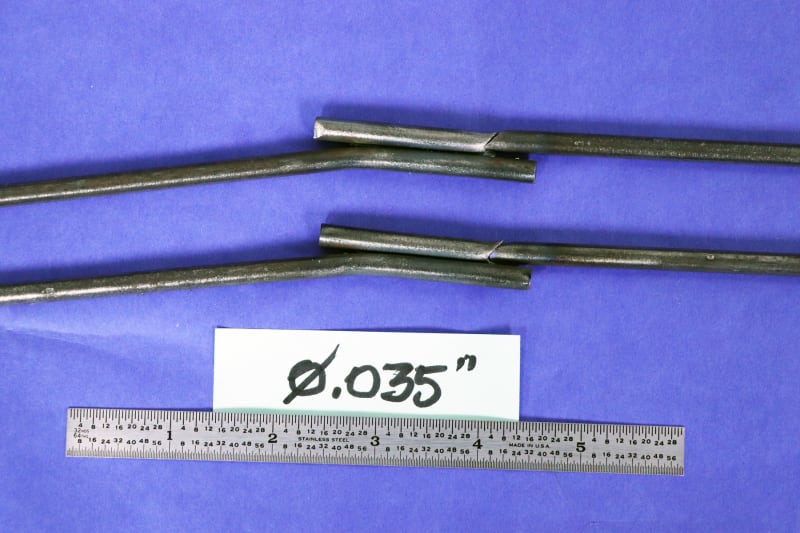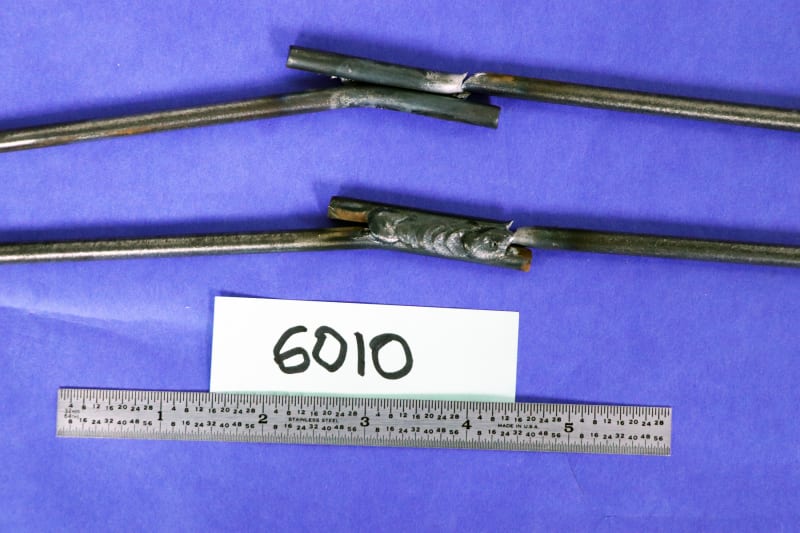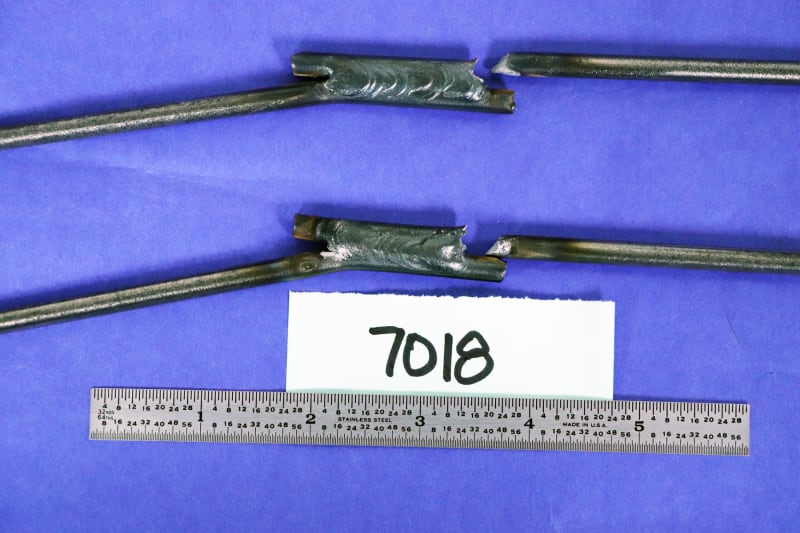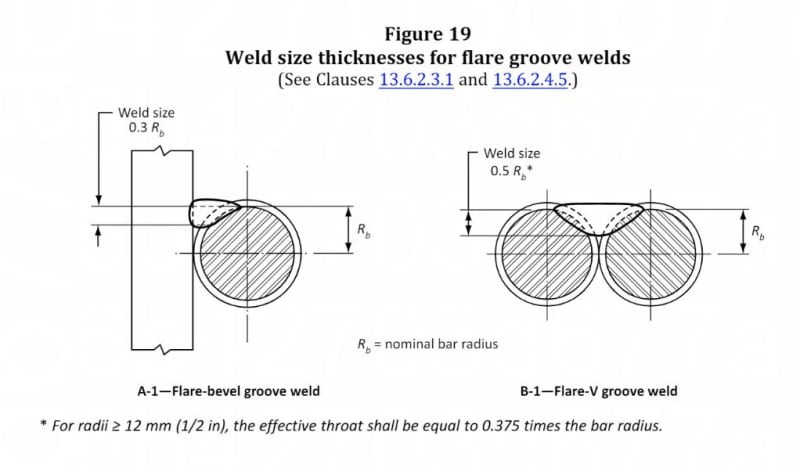-
1
- #1
Bridge100
Civil/Environmental
- May 3, 2007
- 24
A contractor has been successfully using lap-spliced snap ties in certain wall forming applications. I questioned the practice recently because it seemed there would be significant yielding from the eccentricity on the small diameter rods. They sent their modified products for testing and the product failed at 2 times the published safe worked load. ACI347-04 Table 2.3 simply states that formwork accessories are required to provide a 2 to 1 "safety factor based on the ultimate strength of the accessory when new." Are laboratory tensile tests enough to qualify this product as adequate based on the ACI requirements or must the tie be satisfactory per its calculated tensile rupture strength? If the latter, the effective net area would obviously be reduced by some amount (shear lag factor, U) below what the manufacturer designed for. Quick calculations (using AISC Table D3.1 Case 2 for Shear Lag Factor) based on photo estimated lap length and bar diameter tell me that this reduction is small. Can the yielding be ignored? That is not something I am used to doing. I have included a detail of what a snap tie looks like and photos of the test specimens.
[URL unfurl="true"]https://res.cloudinary.com/engineering-com/image/upload/v1710860091/tips/A-3_Standard_Snap_Tie_f88txu.pdf[/url]



[URL unfurl="true"]https://res.cloudinary.com/engineering-com/image/upload/v1710860091/tips/A-3_Standard_Snap_Tie_f88txu.pdf[/url]




